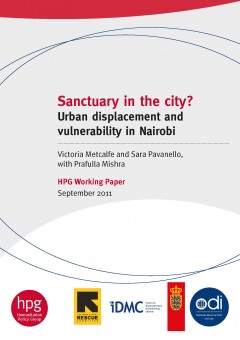Analysis and Prediction of Land Use Changes Related to Invasive Species and Major Driving Forces in the State of Connecticut
Land use and land cover (LULC) patterns play an important role in the establishment and spread of invasive plants. Understanding LULC changes is useful for early detection and management of land-use change to reduce the spread of invasive species. The primary objective of this study is to analyze and predict LULC changes in Connecticut. LULC maps for 1996, 2001 and 2006 were selected to analyze past land cover changes, and then potential LULC distribution in 2018 was predicted using the Multi-Layer Perceptron Markov Chain (MLP_MC) model.










